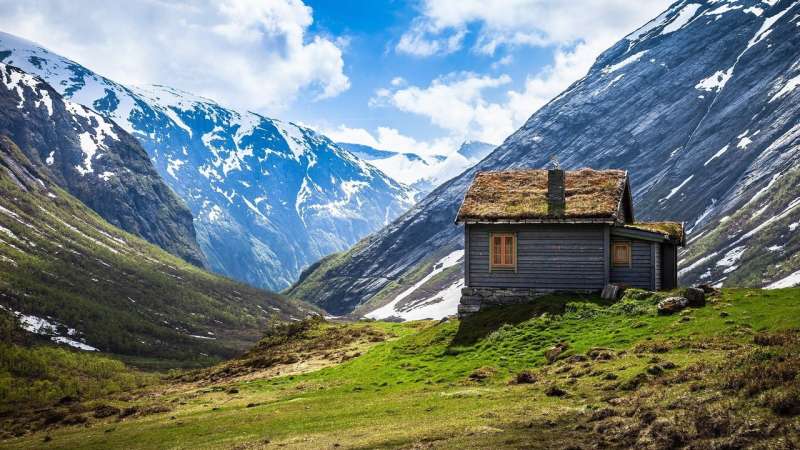Understanding the spatial and temporal dimensions of landscape dynamics

The Earth's surface is subject to continual changes that dynamically shape natural landscapes. Global phenomena like climate change play a role, as do short-term, local events of natural or human origin. The 3-D Geospatial Data Processing (3DGeo) research group of Heidelberg University has developed a new analysis method to help improve our understanding of processes shaping the Earth's surface like those observed in coastal or high-mountain landscapes. Unlike conventional methods that usually compare two snapshots of the topography, the Heidelberg approach can determine—fully automatically and over long periods—when and where surface alterations occur and which type of associated changes they represent.
The method, known as spatiotemporal segmentation, was developed under the guidance of Prof. Dr. Bernhard Hoefle, whose 3DGeo group is based at the Institute of Geography and the Interdisciplinary Center for Scientific Computing (IWR) of Heidelberg University. "By observing entire surface histories, our new computer-based method allows for more flexible approaches. Unlike with previous methods, we no longer have to specify which individual change processes we want to detect or the points in time the analysis should include," the geoinformation scientist states. "Instead, areas and entire time periods during which similar changes occur are identified fully automatically. The huge three-dimensional datasets from the automatic laser measurements in the landscape thereby reveal various types of changes that the direct comparison of only two measurement points does not."
Among other techniques, Prof. Hoefle's team uses terrestrial laser scanning (TLS) to measure mountain and coastal landscapes. It generates three-dimensional models of a landscape represented as billions of measurement points in so-called 3-D point clouds. "Measurement systems are installed on site and capture the terrain in short, regular intervals over several months, thus generating three-dimensional time series," explains Katharina Anders, a Ph.D. student in Bernhard Hoefle's research group and at the IWR of Heidelberg University. These 3-D time series are special because they contain both the temporal and spatial—ergo 4-D—properties of surface changes, which can then be reviewed as in a time-lapse video.
"Spatiotemporal segmentation allows us to differentiate in detail between various phenomena that conventional methods detect as a single event or sometimes not at all," states Katharina Anders. The Heidelberg geoinformation scientists applied their method to a 3-D time series of a stretch of coast in the Netherlands, which was acquired hourly over five months by scientists of the Delft University of Technology. The data analysis of the entire observation period revealed more than 2,000 changes representing temporary accumulation or erosion of sand that occurred in different locations at varying magnitudes and across various time periods. In this case, the dynamic transport of sand recorded by the measurement system was caused by complex interactions of wind, waves, and human influence. As a result, several truckloads of sand were transported on average in an area of 100 square meters over a period of four weeks, without influence from major storm events.
Findings of such analyses provide the basis for further studies of specific phenomena or underlying processes. At the same time, the information obtained on the dynamic evolution of surfaces opens up new possibilities for parameterisation and hence adaptation of computer-based environmental models. "The method we developed therefore makes an overall contribution to improving our geographic understanding of natural landscape dynamics," adds Katharina Anders.
More information: Katharina Anders et al, Fully automatic spatiotemporal segmentation of 3D LiDAR time series for the extraction of natural surface changes, ISPRS Journal of Photogrammetry and Remote Sensing (2021). DOI: 10.1016/j.isprsjprs.2021.01.015
Provided by Heidelberg University





















